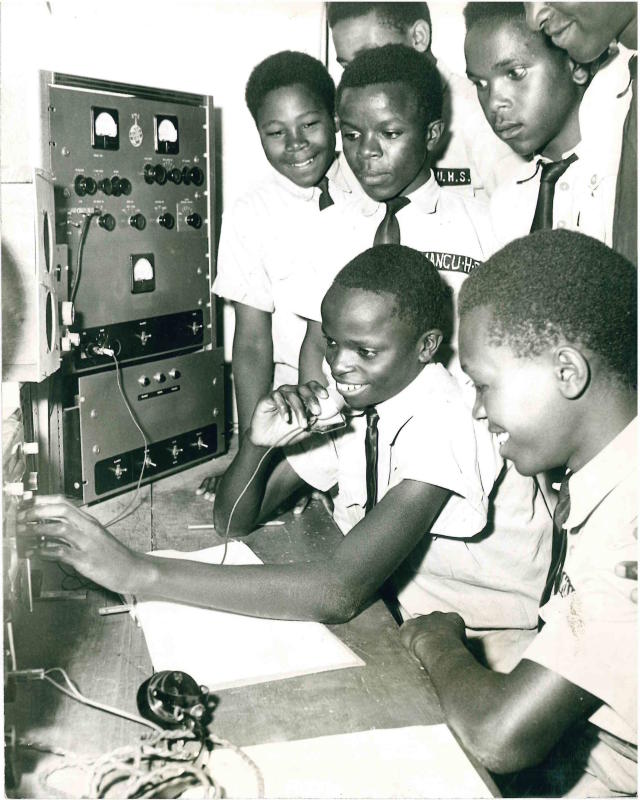×
The Standard e-Paper
Kenya’s Boldest Voice

When a country gets independence after decades of colonisation, its citizens can dare dream.
This is the spirit demonstrated by the smiling Mang’u High School students as they learnt how to operate the wireless transmitter and receiver radio in the laboratory.